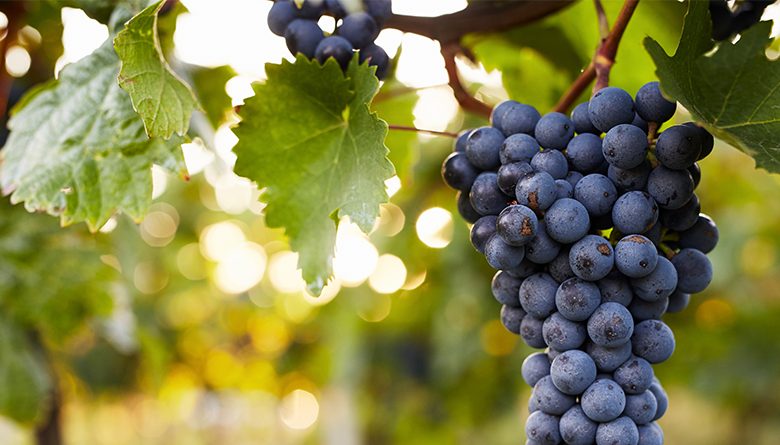By Dana Yamashita
Wine futures, or en primeur, involves purchasing wine that is maturing in the barrel and has not yet been bottled. Wine enthusiasts and private collectors, both those who plan to drink the wine and those who purchase purely for investment’s sake, are usually the people most interested in wine futures. Bordeaux is the most important wine traded, but other regions and producers also make their wines available.
Although not quite an exact science, M. Hakan Hekimoglu, an assistant professor in the Lally School of Management, and co-author, Burak Kazaz of Syracuse University, have developed a highly accurate pricing model for Bordeaux wine futures. Their research was recently published in Production and Operations Management.
According to Hekimoglu, determining realistic prices for wine futures is a very critical decision in a multimillion-dollar market segment. In fact, the research is so important that it has been featured by Liv-ex 100, the global marketplace for fine wine trade — similar to the New York Stock Exchange for U.S. stocks.
“Liv-ex has recently decided to publish our price estimations as ‘realistic prices’ prior to each year’s release of new Bordeaux,” Hekimoglu said. “The exchange finds our estimated prices highly accurate and features them as a guidance for buyers. Thus, our realistic prices are expected to be used as the new benchmark prices in the upcoming years.” Hekimoglu’s model was made public in 2018, but this is the first time his methodology has been shared.
Hekimoglu evaluates publicly available, quantifiable data points and makes them understandable so buyers of fine wine futures will know if they are paying a fair price.
“We are trying to make the industry more efficient by adding transparency,” Hekimoglu said. “Sometimes prices will increase by 400% over the previous year. Other times, they’ll decrease by 50%. You can often find opportunistic behavior. What we aim to do in this study is take those pricing decisions and come up with estimations. By using these accurate models, we add systemic structure to their decision process so the buyers can use our predictions as a price recommendation.”
In 2019, it was announced that each bottle of a 2015 vintage of Liber Pater would sell for $34,110 — more than eight times the price of the estate’s current vintage, which averages about $4,200 per bottle. It might not fund a retirement package, but it’s an interesting thought.




